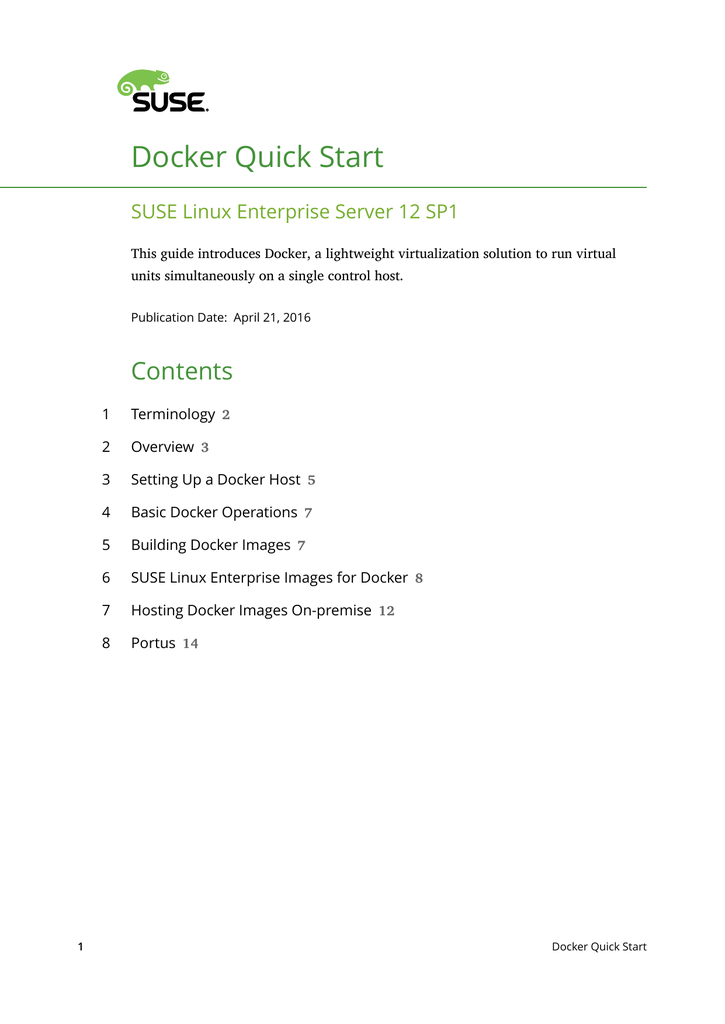- The world’s leading service for finding and sharing container images with your team and the Docker community. For developers and those experimenting with Docker, Docker Hub is your starting point into Docker containers. Create an account and start exploring the millions of images that are available from the community and verified publishers.
- Jitsi Meet on Docker. Jitsi is a set of Open Source projects that allows you to easily build and deploy secure videoconferencing solutions. Jitsi Meet is a fully encrypted, 100% Open Source video conferencing solution that you can use all day, every day, for free — with no account needed.
- Settings for Docker Desktop 🔗︎. If you are building Kubernetes (for example - kind build node-image) on MacOS or Windows then you need a minimum of 6GB of RAM dedicated to the virtual machine (VM) running the Docker engine. 8GB is recommended. To change the resource limits for the Docker on Mac, you'll need to open the Preferences menu.
- For Docker Desktop installation instructions, see Install Docker Desktop on Mac and Install Docker Desktop on Windows. Start the tutorial. If you’ve already run the command to get started with the tutorial, congratulations! If not, open a command prompt or bash window, and run the command: docker run -d -p 80:80 docker/getting-started.
Estimated reading time: 4 minutes
Welcome! We are excited that you want to learn Docker.
This page contains step-by-step instructions on how to get started with Docker. In this tutorial, you’ll learn how to:
Docker - Quick Guide - Docker is a container management service. The keywords of Docker are develop, ship and run anywhere. The whole idea of Docker is for developers to easily develo.
- Build and run an image as a container
- Share images using Docker Hub
- Deploy Docker applications using multiple containers with a database
- Running applications using Docker Compose
In addition, you’ll also learn about the best practices for building images, including instructions on how to scan your images for security vulnerabilities.
.png.aspx;)
If you are looking for information on how to containerize an application using your favorite language, see Language-specific getting started guides.
We also recommend the video walkthrough from DockerCon 2020.
Download and install Docker
This tutorial assumes you have a current version of Docker installed on yourmachine. If you do not have Docker installed, choose your preferred operating system below to download Docker:

For Docker Desktop installation instructions, see Install Docker Desktop on Mac and Install Docker Desktop on Windows.
Start the tutorial
If you’ve already run the command to get started with the tutorial, congratulations! If not, open a command prompt or bash window, and run the command:
You’ll notice a few flags being used. Here’s some more info on them:

Docker Quick Start Guide
-d- run the container in detached mode (in the background)-p 80:80- map port 80 of the host to port 80 in the containerdocker/getting-started- the image to use
Tip
You can combine single character flags to shorten the full command.As an example, the command above could be written as:
The Docker Dashboard
Before going too far, we want to highlight the Docker Dashboard, which givesyou a quick view of the containers running on your machine. The Docker Dashboard is available for Mac and Windows. It gives you quick access to container logs, lets you get a shell inside the container, and lets youeasily manage container lifecycle (stop, remove, etc.).
To access the dashboard, follow the instructions for either Mac or Windows. If you open the dashboardnow, you will see this tutorial running! The container name (jolly_bouman below) is arandomly created name. So, you’ll most likely have a different name.
What is a container?
Now that you’ve run a container, what is a container? Simply put, a container issimply another process on your machine that has been isolated from all other processeson the host machine. That isolation leverages kernel namespaces and cgroups, features that have been in Linux for a long time. Docker has worked to make these capabilities approachable and easy to use.
Creating containers from scratch
If you’d like to see how containers are built from scratch, Liz Rice from Aqua Securityhas a fantastic talk in which she creates a container from scratch in Go. While she makesa simple container, this talk doesn’t go into networking, using images for the filesystem, and more. But, it gives a fantastic deep dive into how things are working.
What is a container image?
When running a container, it uses an isolated filesystem. This custom filesystem is provided by a container image. Since the image contains the container’s filesystem, it must contain everything needed to run an application - all dependencies, configuration, scripts, binaries, etc. The image also contains other configuration for the container, such as environment variables,a default command to run, and other metadata.
We’ll dive deeper into images later on, covering topics such as layering, best practices, and more.
Info
If you’re familiar with chroot, think of a container as an extended version of chroot. Thefilesystem is simply coming from the image. But, a container adds additional isolation notavailable when simply using chroot.
Docker A Quick-start Beginner's Guide
CLI references
Refer to the following topics for further documentation on all CLI commands used in this article:
Docker Quick Start Guide Pdf Github
get started, setup, orientation, quickstart, intro, concepts, containers, docker desktop
